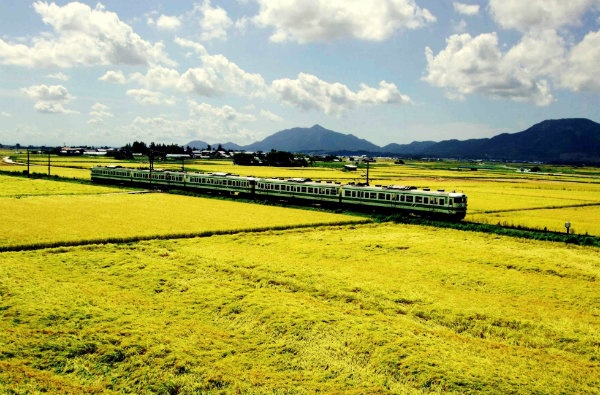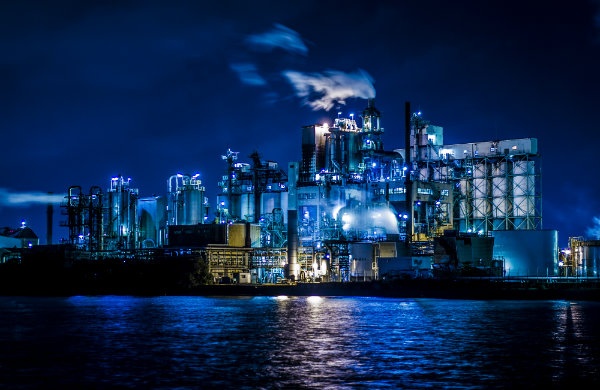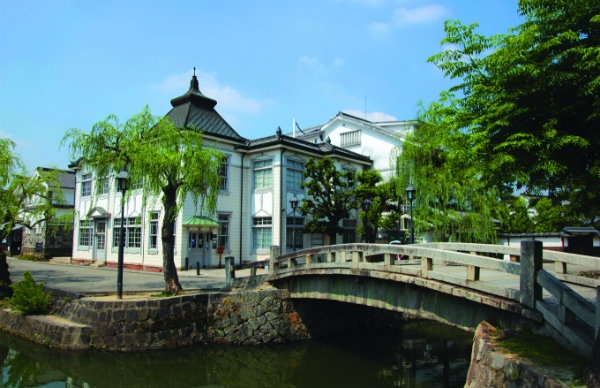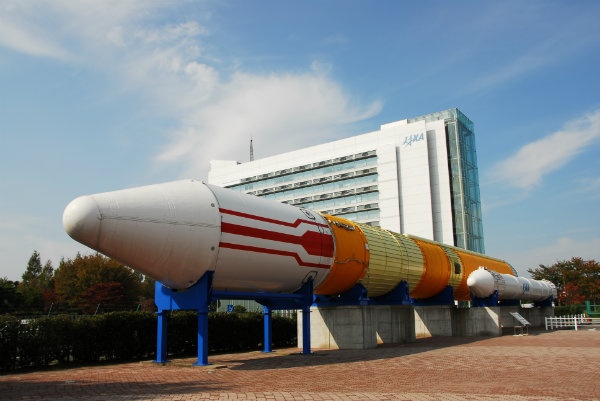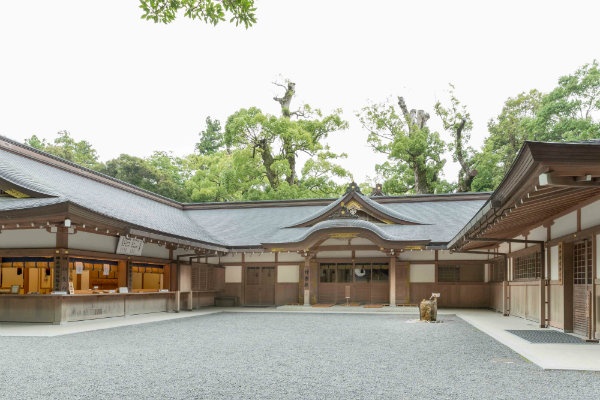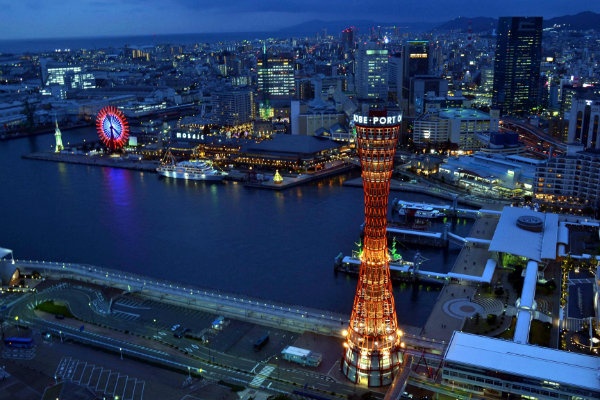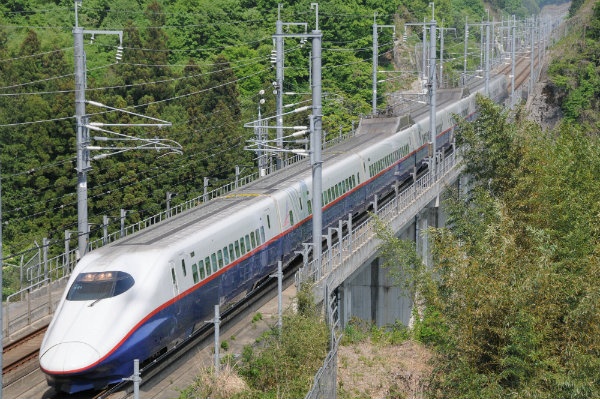The Ise-Shima G7 Summit Regions

With the 2016 G7 Summit to be held in Ise-Shima on May 26 and 27, a number of cities around the country were selected for ministerial meetings surrounding the summit. Each of the 10 cities was chosen to best align with the content of the meeting.
By AAJ Editorial TeamHiroshima: Foreign Ministers’ Meeting (Apr. 10-11)
The first city in the world to be the target of a nuclear bomb, Hiroshima now bills itself as an "International City of Peace and Culture," committed to global peace and a world free of nuclear weapons.
Registered as a UNESCO World Heritage Site, the Hiroshima Peace Memorial, or A-Bomb Dome, serves as a stark reminder of the bombing, with the Cenotaph for the Atomic Bomb Victims and the Hiroshima Peace Memorial Museum standing nearby.
Hiroshima is also home to Itsukushima Shrine on the island of Miyajima, another World Heritage Site, which is known for its famous "floating" red torii gate, considered one of the "Three Great Views" of Japan.
Niigata: Agriculture Ministers’ Meeting (Apr. 23-24)
Accommodating more paddy fields by area than any other major agricultural city in Japan, Niigata City has been designated a Special Strategic Zone for large-scale farming reform.
Niigata Prefecture's Koshihikari rice is widely considered the highest-grade rice brand in Japan. This superior rice also supports local sake brewing, as does the incredible regional snowfall, which is the deepest in Japan—meaning the prefecture is also home to some 60 ski resorts.
Takamatsu: ICT Ministers’ Meeting (Apr. 29-30)
The capital of Kagawa Prefecture, Takamatsu boasts a number of original achievements in information and communications technology (ICT). In particular, its cloud-based medical network for sharing patient hospitalization and medication records has done much to support healthcare services in the prefecture's rural areas.
Takamatsu is also known for the sumptuous, Michelin three-starred Ritsurin Garden. Kagawa Prefecture at large is known for its udon (called Sanuki-udon) and Kotohira-gu Shrine, which venerates the guardian deity of fishing and navigation.
Kitakyushu: Energy Ministerial Meeting (May 1-2)
Kitakyushu stands at the gateway to Kyushu, Japan's third-largest island. The second-most populous city in Kyushu, it developed as an industrial town from the latter half of the 19th century, and the city's Imperial Steel Works have been registered as a UNESCO World Heritage Site in recognition of their contribution to Japan's industrialization in the late 19th and early 20th centuries.
The city of Kitakyushu is now working to incorporate next-generation energy sources to become a model of clean-energy policy. In 2011, Kitakyushu was named the first Green Growth city in Asia by the OECD, and in 2014 it was a finalist in the International Smart Grid Action Network's (ISGAN) Award of Excellence competition to showcase leadership in smart grid projects around the world.
Kurashiki: Education Ministers’ Meeting (May 14-15)
Facing the Seto Inland Sea, Kurashiki is the second-largest city in Okayama Prefecture. Developing as an important water transport hub during the Edo Period (1603-1868), its name is derived from the many storehouses, or kura, that line the city. It is now best known for the many white-walled storehouses along the river in the Kurashiki Bikan Historical Quarter.
Kurashiki has a long history of producing prominent cultural figures and educators dating back to the eighth century, and it's now home to 10 specialist institutes in fields such as medicine, science and the arts.
Toyama: Environment Ministers’ Meeting (May 15-16)
Toyama City rests between the 1,000-meter-deep (3,281 ft) Toyama Bay and the 3,000-meter-high (9,842 ft) Tateyama Mountain Range. Located in a prefecture blessed with abundant water and other natural resources, the advent of Toyama's LRT (Light Rail Trainsit) system in 2006 contributed to both the city's economic growth and its transition to a model of an environmentally conscious city. Combined with bicycle rental services and other efforts to move away from a car-based society, the city's environmental initiatives have been recognized by the government of Japan, the OECD and the United Nations, among others.
Tsukuba: Science & Technology Ministers’ Meeting (May 15-17)
Tsukuba is known in Japan as a science city. The University of Tsukuba produced three Nobel laureates between 1965 and 2000, and following the International Exposition held in the city in 1985, it redoubled its efforts to develop as a pioneering research university town.
Some 20,000 researchers now work in 29 national research centers in the city, and the Tsukuba Space Center stands as the principal research and development facility for the Japan Aerospace Exploration Agency (JAXA). However, Tsukuba is also a city of nature, marked by 174 parks and presided over by the twin-peaked Mount Tsukuba.
Sendai: Finance Ministers' & Central Bank Governors’ Meeting (May 20-21)
Located roughly 300 kilometers (186 miles) north of Tokyo, Sendai is the largest city in the Tohoku region and the capital of Miyagi Prefecture. The city was founded by the powerful one-eyed warlord Date Masamune in the year 1600, and is known for its Tanabata Festival in July (the largest in Japan, pictured above) and the nearby islands of Matsushima, famed as one of Japan's "Three Great Views."
While its own suburbs were devastated by the Great East Japan Earthquake of March 11, 2011, the city played a central role in the subsequent economic recovery of the region.
G7 Summit: Ise-Shima (May 26-27)
Located on the eastern coast of Mie Prefecture, Ise-Shima is a tourist region known for its abundant nature and marine products like spiny lobster and cultivated pearls. It's most famous, however, for Ise Grand Shrine, which is visited by 8 million people annually and known as the "spiritual homeland" of the Japanese people.
The G7 Summit is to be held at the Shima Kanko Hotel Bay Suites.
Kobe: Health Ministers’ Meeting (Sep. 11-12)
One of the main trading ports of western Japan, the city of Kobe took significant steps toward becoming a cutting-edge center for medicine following the Great Hanshin-Awaji Earthquake of 1995. The city is a major contributor to advanced medical research in Japan, and the Kobe Biomedical Innovation Cluster (KBIC) stands as home to more than 300 firms ranging from research labs to hospitals and biomedical firms.
One of the city's principal tourist attractions is the Kitano-cho area, which is known for its high concentration of late 19th- and early 20th-century foreign residences, or ijinkan. It's also known for its beautiful port area, while the night view of the city from Mount Rokko is famous as one of Japan's "Three Great Night Views."
Karuizawa: Transport Ministers’ Meeting (Sep. 24-25)
Located on the eastern edge of Nagano Prefecture, Karuizawa began developing into a holiday resort resort town beginning in the Meiji Period (1868-1912). Its streets are now lined with shops, restaurants and museums, as well as villas for prominent figures in Japan’s political and business establishment.
During the Edo Period (1603-1868), Karuizawa was a post town on the Nakasendo, one of the two routes connecting Tokyo to Kyoto (the other being the Tokaido). The town is now accessible from Tokyo in just 70 minutes by bullet train, and the March 2015 completion of the Hokuriku Shinkansen to Kanazawa gave it a direct link to the Sea of Japan as well.


